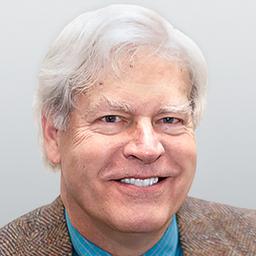Commentary
The student loan problem has become a fiasco. The magnitude of the problem is startling—more than $1.5 trillion of outstanding debt (triple what it was a mere 13 years ago).


The student loan problem has become a fiasco. The magnitude of the problem is startling—more than $1.5 trillion of outstanding debt (triple what it was a mere 13 years ago).